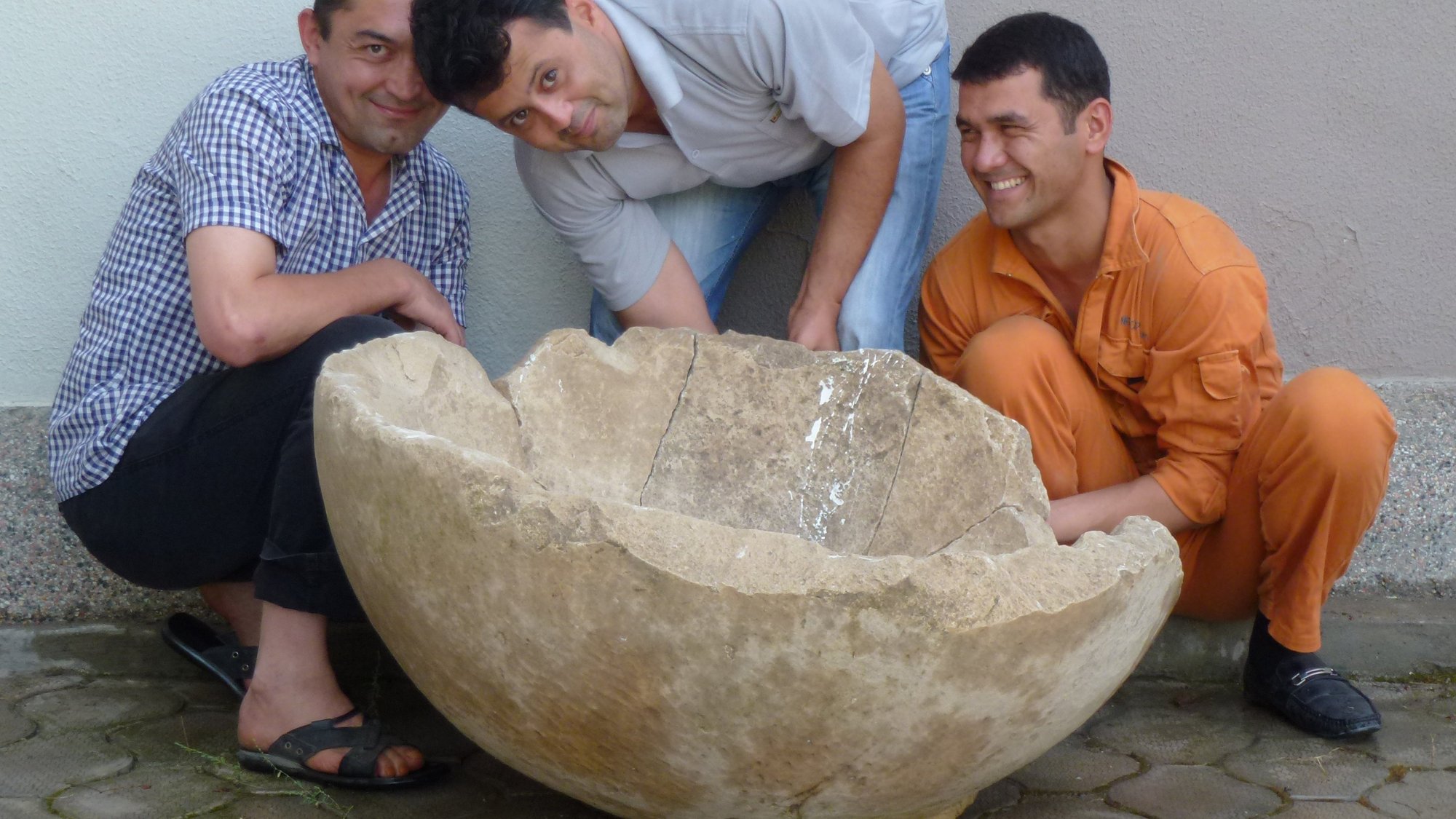Overview
The village Torbulok (“four sources”) is located in the province of Khatlon, in the south-western part of Tajikistan. During construction works in 2008 a large stone-vessel was unearthed, which was brought to the National Museum of Antiquities of Tajikistan in Dushanbe. According to form and size the Torbulok basin bears also a striking resemblance to vessels found in two well researched Bactrian sanctuaries: the cult district of the so-called Niche Temple in Eukratideia (today Ai Khanoum in Afghanistan) and the Oxos Temple in Oxeiana (today Takht-i Sangin in Tajikistan). As these basins can be identified as perirrhanteria (vessels for ritual purification), the finding from Torbulok suggests that there was a Hellenistic sanctuary. The fortuitous discovery provide the opportunity to excavate the sanctuary and to investigate the relationship of indigenous and Greek cultic practices based on new approaches and using current methods.

